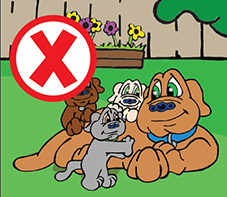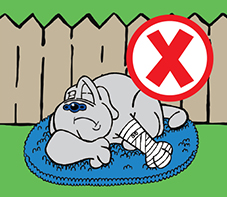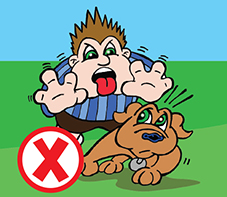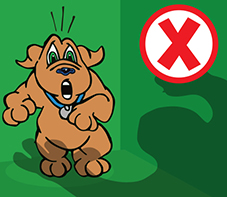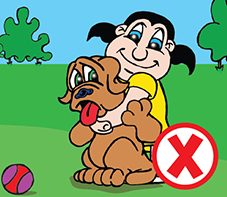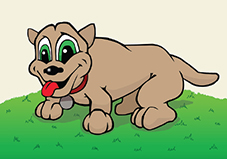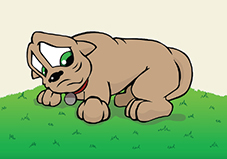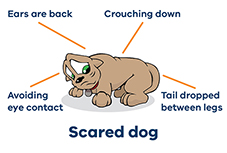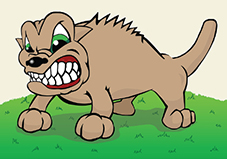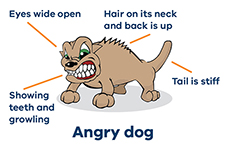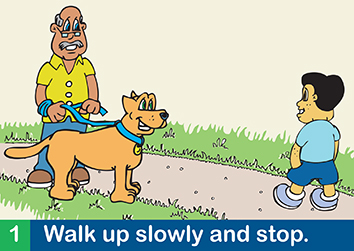
Walk calmly towards the dog and stop 3 big steps short.
Show more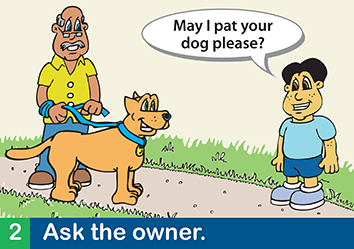
Always get permission from the owner to pat their dog.
Show more
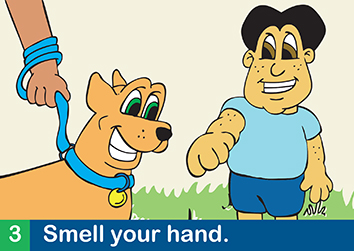
Allow the dog to smell the back of your hand.
Show more
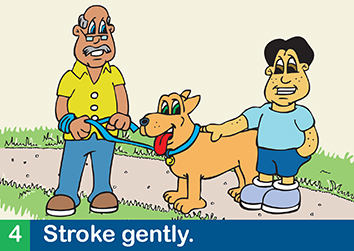
Move to the side of the dog and stroke from the collar towards the tail.
Show more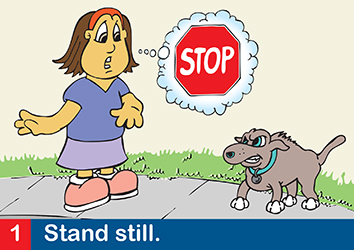
Don't run away and stand as still as you can.
Show more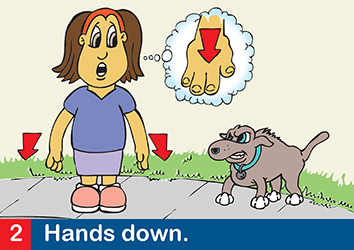
Keep your hands down by your side and don't wave them around.
Show more
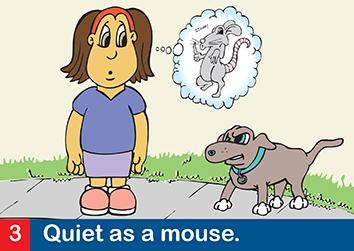
Stay as quiet as you can.
Show more
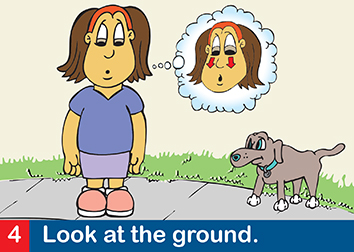
Look at the ground. Avoid eye contact with the dog.
Show more
